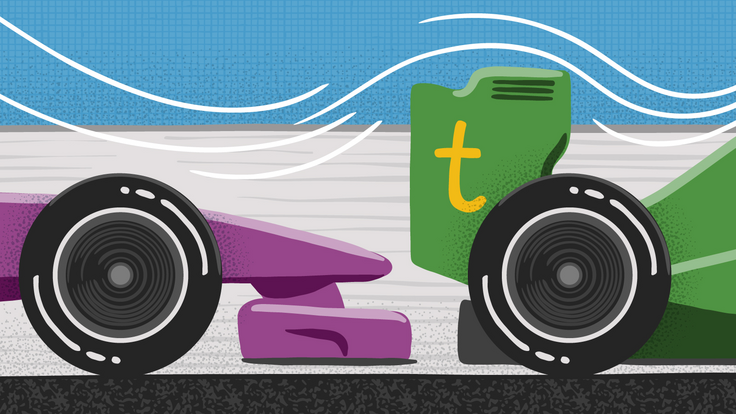Day in the life: The LHC express
When scientists transformed two train cars into a mockup of the ATLAS detector at the Large Hadron Collider, thousands of people came along for the ride.
 |
| Photo: Karen Massine |
As passengers boarded the train in a Berlin suburb, researchers from the Large Hadron Collider greeted them: Imagine you are a proton and this train is the LHC tunnel. You will travel 37 km, slightly more than the 27 km it takes the protons to circle the LHC tunnel.
A smile spread across a young boys face. Well travel at the speed of light, he said excitedly.
No, a guide replied. The protons can travel the tunnel 11,000 times per secondwhile we need one hour for one turn.
The reenactment, part of the annual Night of Science in Berlin, stopped short of making the passengers collide with each other at the end of the route, as protons do in the Large Hadron Collider.
For one night in June, German travelers got a sneak peek at the cutting-edge particle physics research occurring at CERN, the European particle physics lab on the Swiss-French border. Photographs of the ATLAS experiment at the LHC lined the floors and walls of two train cars, creating the feel of walking inside a particle detector.
It looked like you were walking on superconducting cables, says Katrin Voss, the LHC communications specialist for Germany. There were also boards with information about the detectors: ATLAS, CMS, ALICE, and LHCb. We labeled the train LHC Express.
German scientists working on the machine and its detectors answered questions about how the research can help determine if extra dimensions exist, how the universe formed, and how the forces of nature work.
More than 4000 people rode the train. Many came armed with questions; one high school student even brought questions for an upcoming physics test for scientists to help her answer.
There were some people there who we thought would have no knowledge of particle physics, but they knew so much, Voss says. Some were excited about being able to talk to real scientists. Some were curious. Some were disappointed we didnt have more information, such as lectures.
Tona Kunz
 |
 |
 |
 |
 |
 |
 |
|
| Photos: Christian Mrotzek, DESY | |
Click here to download the pdf version of this article.






